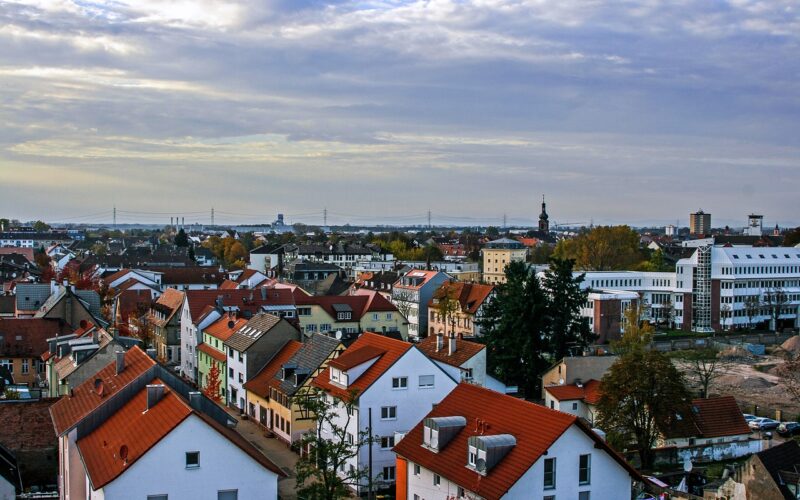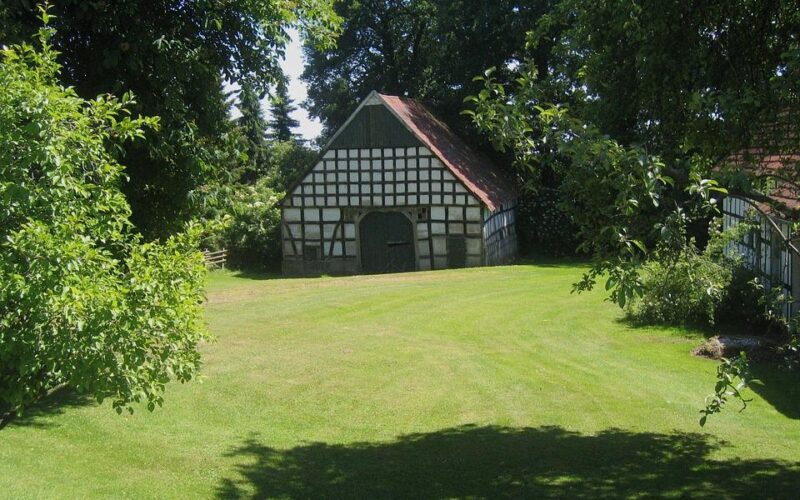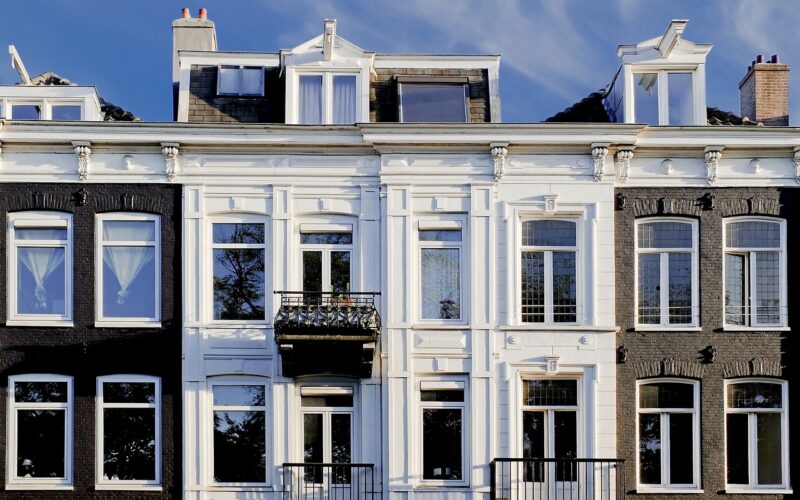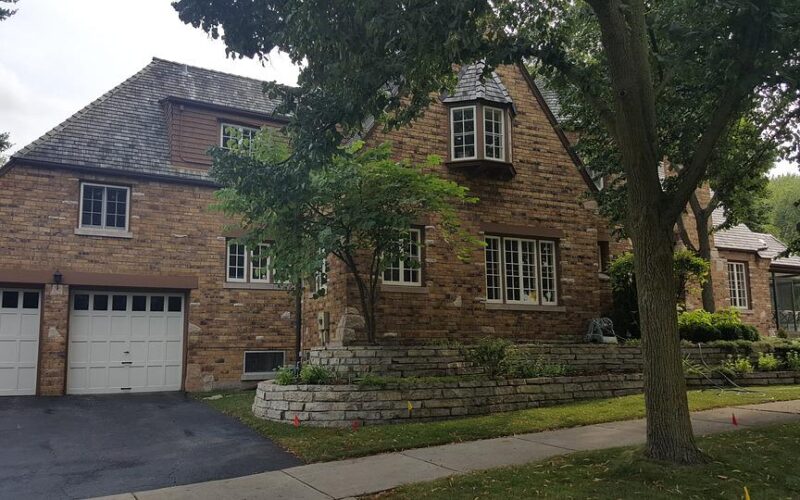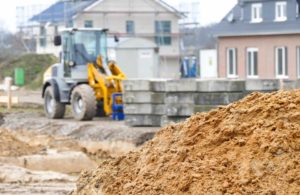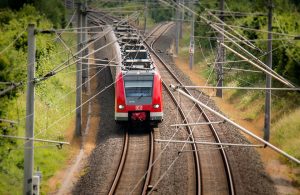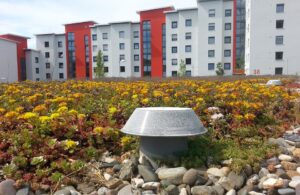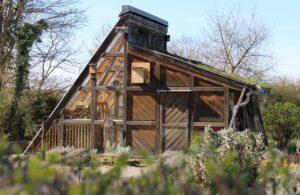Creating a sustainable town is more than an environmental statement; it's a comprehensive approach to living that encompasses social, economic, and ecological balance.
Understanding sustainability in urban planning
When we talk about sustainability in the context of towns and cities, it means much more than just recycling and green spaces. It's about planning and operating these areas in a way that ensures they can support their inhabitants without depleting the natural resources and causing harm to the environment. This entails strategic layout planning, energy-efficient infrastructure, localised resource cycling, and community-focused initiatives. A sustainable town seeks to integrate environmentally responsible principles at every level, from the buildings people live and work in, to how they commute, and the way resources are managed.
The role of eco-friendly architecture
Buildings are major energy consumers, and in a sustainable town, they need to work smarter, not harder. Eco-friendly architecture is pivotal to the sustainability of any town. Designing structures with energy conservation in mind, harnessing renewable energy sources, utilising sustainable materials, and incorporating green roofs and walls to aid insulation and reduce urban heat are all ways architecture can contribute to a town's sustainability. Buildings should be designed to maximise natural light and ventilation, thus reducing the need for electrical lighting and climate control.
Transportation solutions for the future
Sustainable towns also need to rethink how people get around. Private, fossil fuel-driven vehicles contribute heavily to pollution and use excessive resources. By prioritising public transportation systems that are powered by clean energy, implementing extensive bike lanes, and designing walkable neighbourhoods, a town can significantly reduce its carbon footprint. Encouraging the use of electric cars by providing charging stations and incentivising car-sharing can also form a part of a modern transportation solution.
Sustainable local economies
The heart of any town is its economy, and for a town to be sustainable, its economy must be resilient and self-sufficient. This means investing in local businesses, promoting local agriculture, and encouraging practices like farmer's markets where residents can buy local, seasonal produce. Towns can create an economic network that supports not only the environmental goals but draws the community together, fostering a shared responsibility for the town's future.
Engaging the community in sustainable practices
Perhaps most importantly, the success of a sustainable town lies in the hands of its residents. Engaging the community through education and involvement in decision-making ensures that sustainability is not just a policy, but a way of life. Providing platforms for community gardens, local clean-up efforts, and recycling programs can cultivate a sense of ownership and pride in making the town a better place for present and future generations.
A green future is a shared responsibility
As we look ahead to the challenges of urban growth and climate change, building sustainable towns becomes not just aspirational but essential. It is the convergence of innovative design, forward-thinking policies, conscious economies, and community spirit that will pave the way for sustainability to become the norm, not the exception. It is a task that requires the collaboration of all—politicians, business owners, innovators, and residents. Together, we can build towns that don't just survive, but thrive, setting a global standard for a sustainable, prosperous future.
Constructing a sustainable town is a complex, multifaceted mission, but the rewards—a healthier planet, a resilient economy, and a connected community—are well worth the commitment. Through careful planning, concerted effort, and an overarching vision of sustainability, we have the power to build towns that stand as beacons of hope and progress for generations to come.
